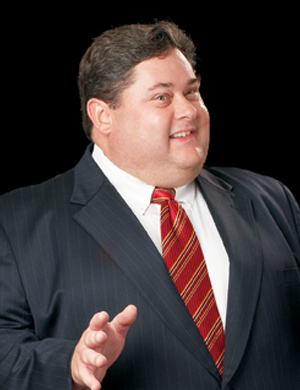
Michael Murray*
This Article discusses the application of visual rhetorical techniques in legal writing and the ethical questions that are raised regarding the use of these techniques. It is likely that visual rhetoric will be used in brief writing and general legal communications at an increasing rate because the research and scholarship of a wide range of disciplines — law and popular culture, cognitive studies and brain science, data visualization studies, and modern argument theory in rhetoric — indicate the communicative power of visual techniques. This fact coincides with the development of technology in the production of legal documents, and technology in the reading and reception of legal documents, that allow judges and attorneys to access full-color graphics, imbedded video, and multimedia content, and follow hyperlinks in the normal course of reading legal briefs and memoranda.
The recognition in the literature that visual rhetoric is rapid, efficient, constructive, and persuasive reveals the potential of visual rhetorical devices to serve as topics and tropes in legal discourse to construct meaning and to inform and persuade legal audiences. The visual rhetorical topics and tropes inspire inventive thinking about the law that constructs meaning, for the author and the audience. For many members of the legal writing discourse community — judges, practitioners, government agencies, and academics — the modes of persuasion of visual rhetoric can construct meaning and improve the persuasiveness of legal discourse generally in content, arrangement, and style.
Attorneys should fulfill their professional responsibility to use the best practices to represent the interests of their clients in law practice. However, the cautions of scholars as to the dangerous power of visuals to deceive or to overpower more deliberative forms of rational thought and analysis are not lightly to be dismissed. The speed and power of visuals is seductive. Visual topics and tropes are subject to abuse, and must be used ethically and with careful regard to their propriety as a tool to create meaning and inspire imagination, and not used as a tool of deception or obfuscation within the rhetorical situation at hand. I conclude that visual rhetorical devices are a proper form of legal rhetoric if they are used to construct knowledge and understanding of the meaning and message of the communication and do not mislead or prejudice the audience’s reception or understanding of the communication.
* Professor Michael D. Murray (J.D., Columbia Law School, Harlan Fiske Stone Scholar) currently is a visiting professor and Telluride Faculty Fellow at the University of Michigan Law School. Previously, he was Associate Professor of Law at Valparaiso Law School, and he has taught at the University of Illinois College of Law and Saint Louis University School of Law. Professor Murray has written 21 books and numerous law-review articles on legal rhetoric, advocacy, art law, copyright, ethics of intellectual property, freedom of expression, and other topics. This article benefits from the comments of Steve Johansen (Lewis & Clark), Stefan Krieger (Hofstra), Jim Sowerby (John Marshall-Chicago), Ann Shields (Washington Univ. St. Louis), and David ziff (Washington) at the Applied Legal Storytelling Conference V in Seattle; from Sonya Bonneau (Georgetown), Lucy Jewel (Tennessee), Katrina Lee (Ohio State), Carol Parker (Tennessee), Michael Smith (Wyoming), and Adam Todd (Dayton) at the 2014 Legal Writing Institute Biennial National Conference in Philadelphia; from Pamela Keller (Kansas), Allison Kort (UMKC), Kathleen Dillon Narko (Northwestern), Maureen Collins (John Marshall-Chicago), and Joyce Rosenberg (Kansas) at the 2013 Central States Legal Writing Conference at the University of Kansas; and from William Mock (John Marshall-Chicago), Daphne O’Regan (Michigan State), Robert Somers (Whittier), and Charles Thatcher (South Dakota) at the Seventh Global Legal Skills Conference (2012) in San Jose, Costa Rica.
